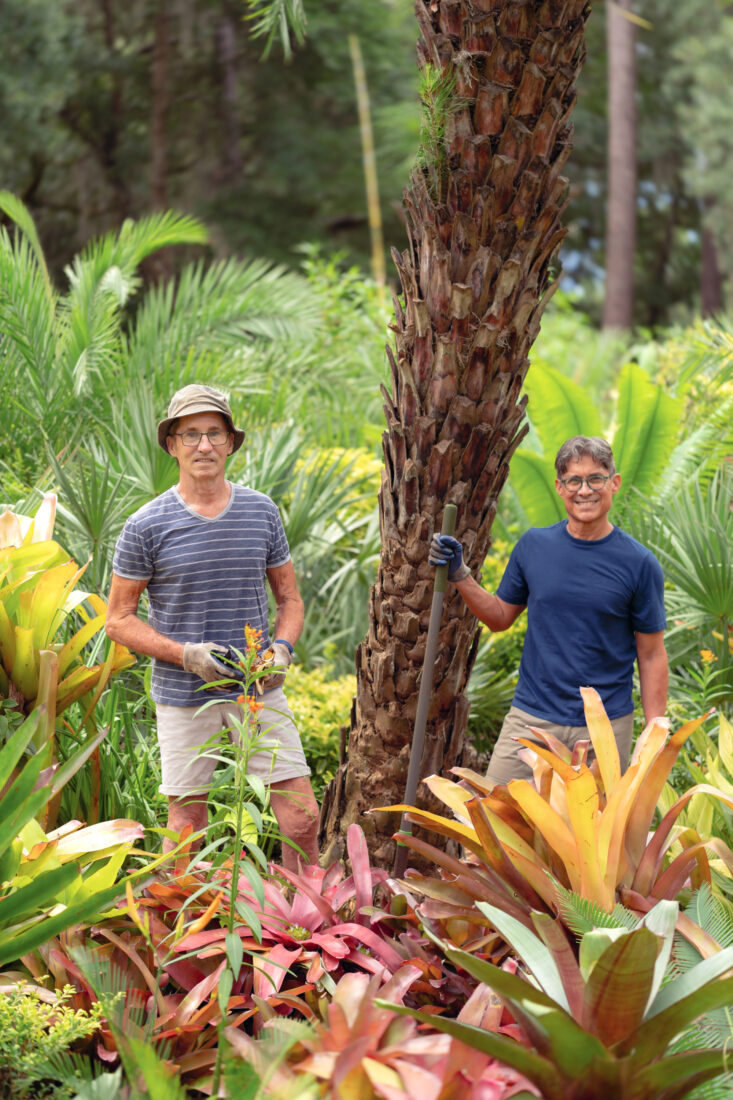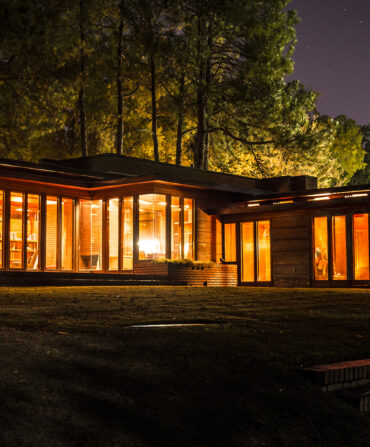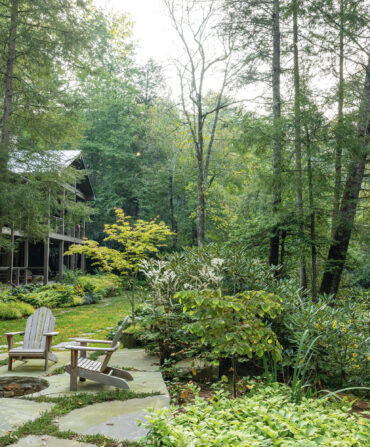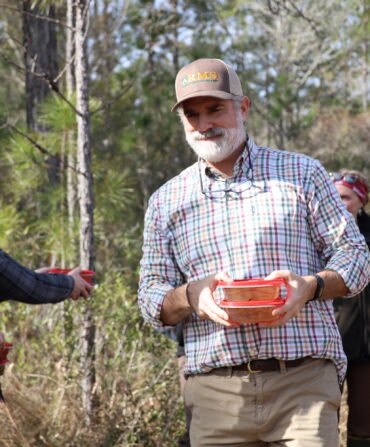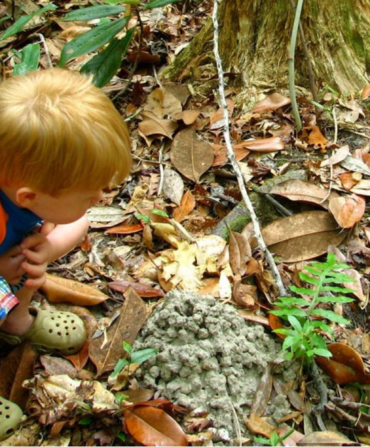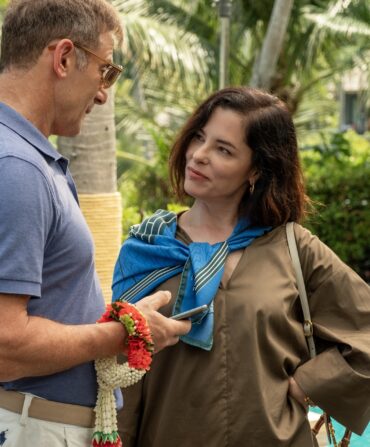Along the edge of a sweeping marshfront on James Island, South Carolina, grassy paths wind through a tropical patchwork of color and texture: the vibrant greens of tractor seat plants and staghorn ferns, sunshine-hued bromeliads, and clouds of chartreuse hydrangeas. As Alejandro González and Jim Smeal meander toward a shaded perch at the back of their property, the flush of orange and yellow blanketing the ground thins out. There, yaupon holly fringes a panoramic view of the marsh, and the couple soak in the inspiration for their garden’s palette while watching ibis and herons sail above the salty creeks. “The marsh changes colors every season,” González says, nodding toward swaths of spartina grass that shift in the light. “You cannot compete with it.”

Some twenty-six years ago, when González and Smeal were hunting for a home and pulled up to this circular lot, it held a neglected green space tangled with vines and the fire-scorched remains of a house long abandoned. “We closed on the property,” González says, “and we started working the next day.”
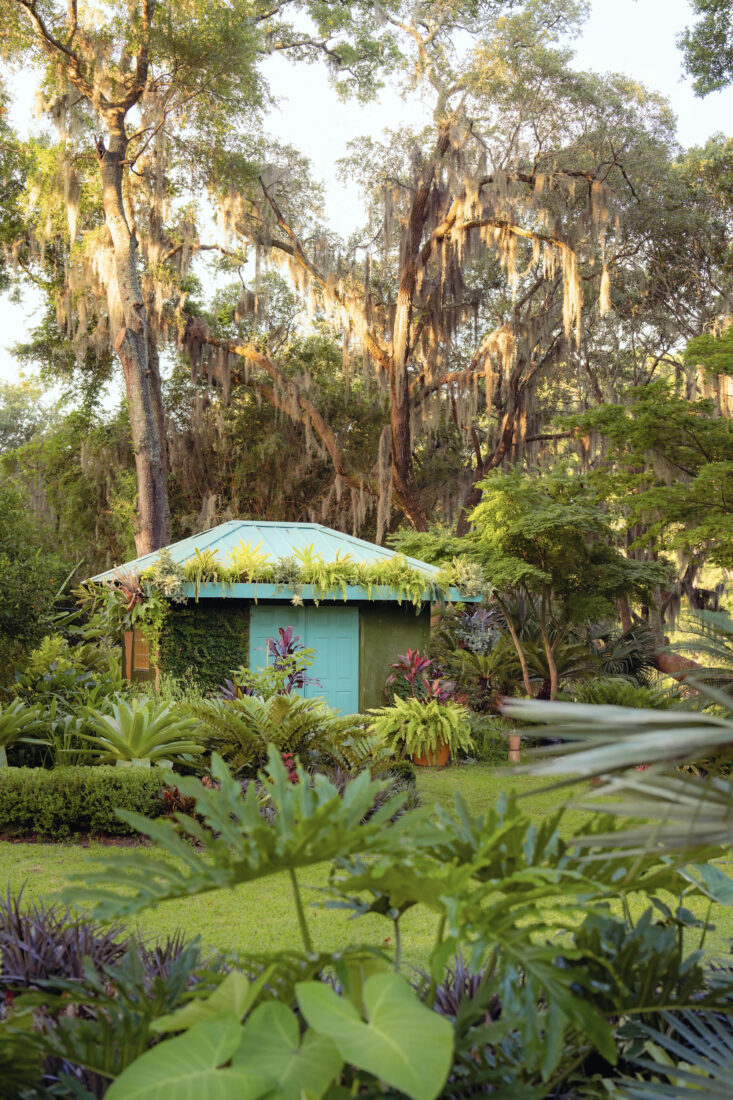
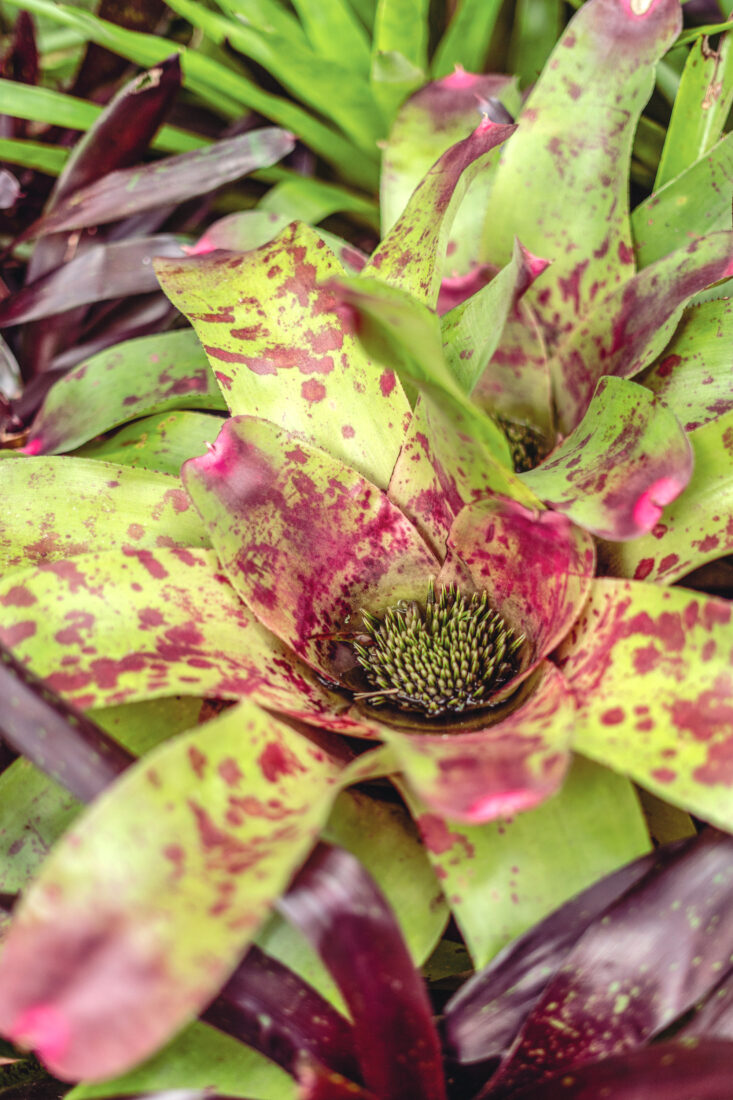
The project, which included building a new home, has been an anchor for González and Smeal, who fell in love in Charleston thirty years ago and now share the baking company Wedding Cakes by Jim Smeal. Taking cues from their fascination with flora, they make desserts for high-end events that mimic nature in Italian and Swiss buttercream, including sugar-white magnolias and meandering passionflower vines. “Gardening was instantly our connection,” says Smeal, who grew up tending flowers with his parents in Pennsylvania; González nurtured tropical plants during his childhood in Mexico.
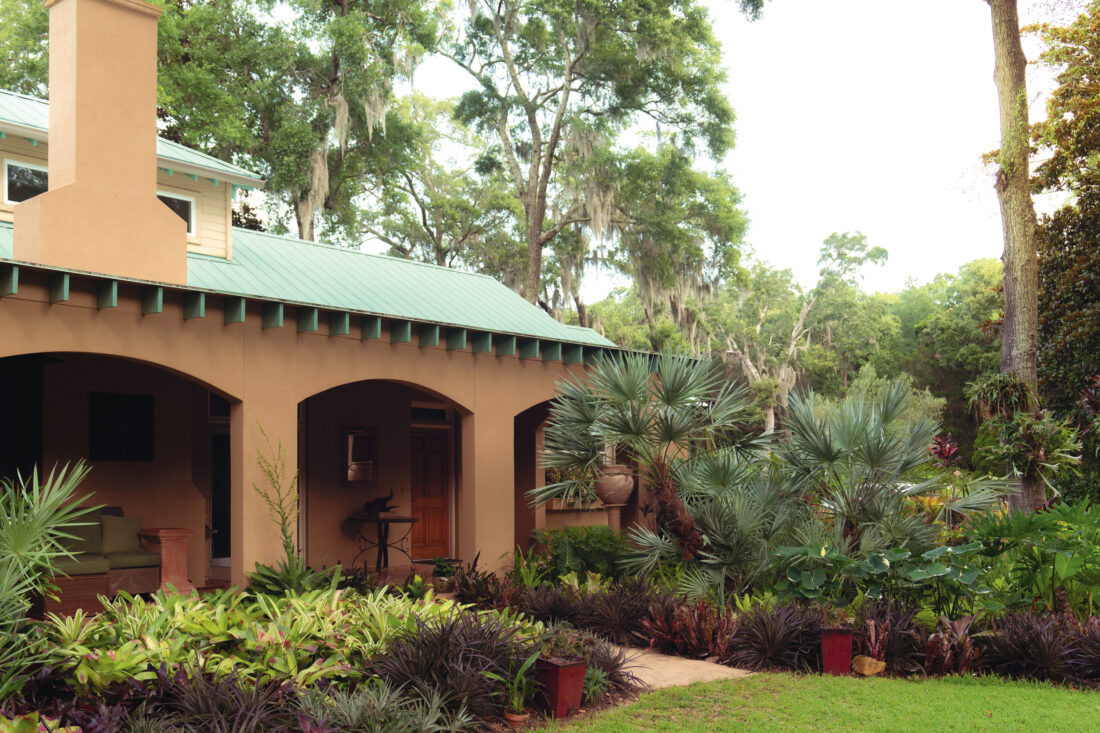
Between busy event weekends, the two have shaped this plot over the decades, adding elements from the most unlikely places: They brake for castaway pots and roadside plants left for dead, rescuing fading boxwood and shaggy ferns to nurse back to life. The way they layer plants creates naturalistic vignettes: A nook on a live oak tree makes a picturesque roost for staghorn ferns and bromeliads. Even during a frost, when Smeal covers his massive “pride and joy” elephant’s ears with cloth to protect the leaves, and the two tuck hundreds of container plants into their greenhouses, the gardeners look at the dormant space with excitement. “In the winter, you start to see the bones and things that you like and don’t like,” González says. “You learn from the garden every season.”
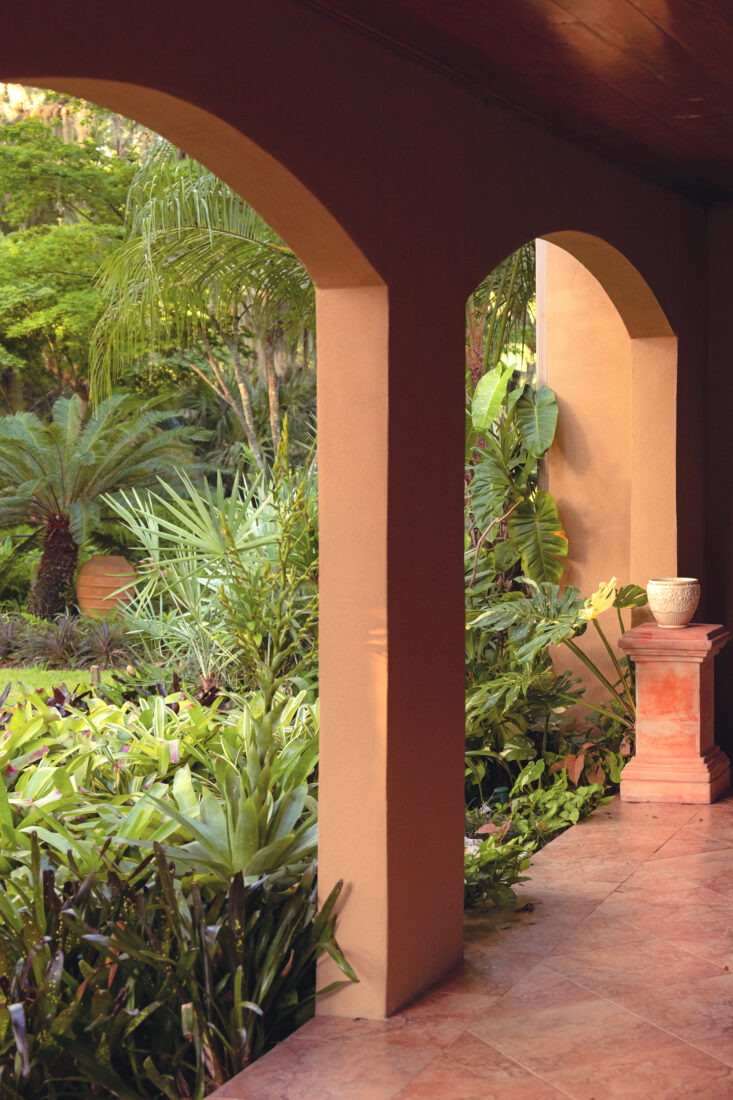
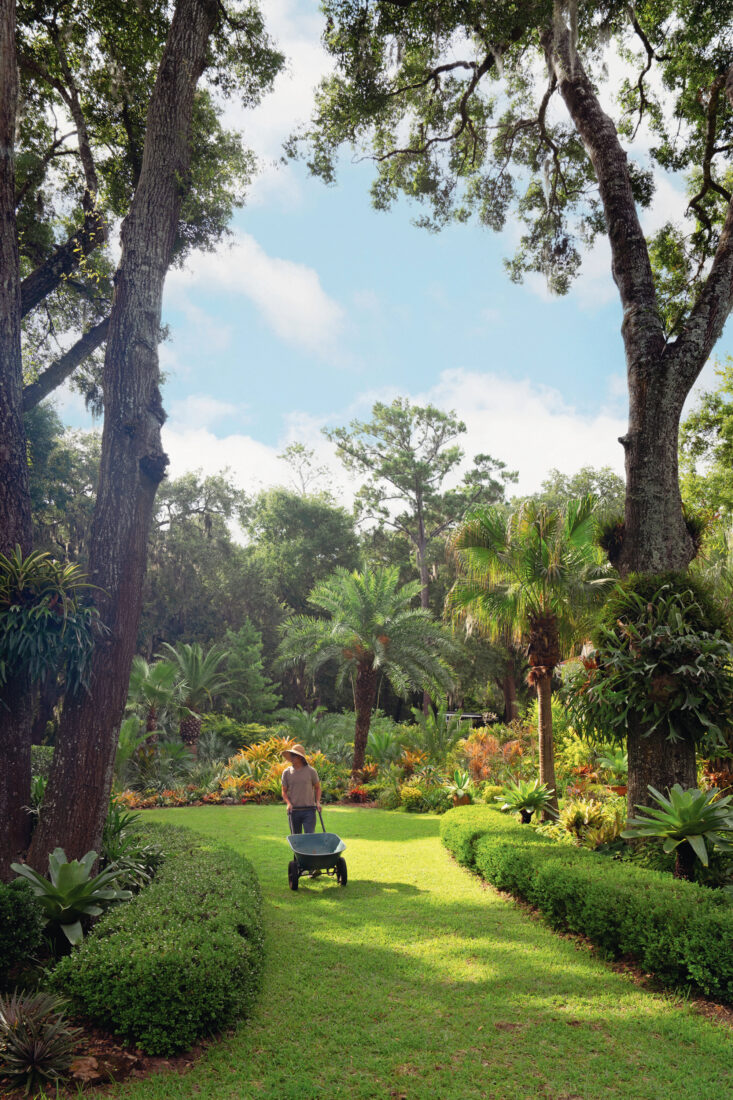
At the front of the property, Smeal and González built their pueblo-style home, which acts as a shield against Charleston’s coastal winds and the odd cold snap. Here, the tropicals are happiest. Come spring, the couple move through their garden with the minds of sculptors, playing with horizontal and vertical forms, shaping harmony from a balance of hard and soft lines.
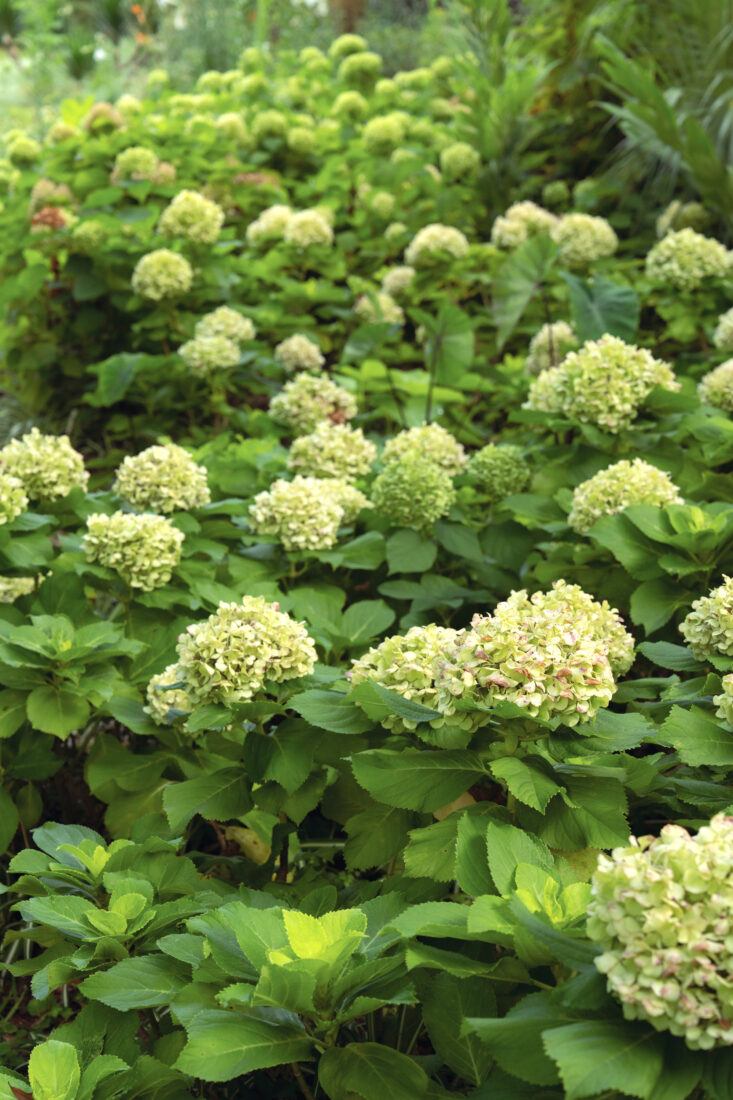
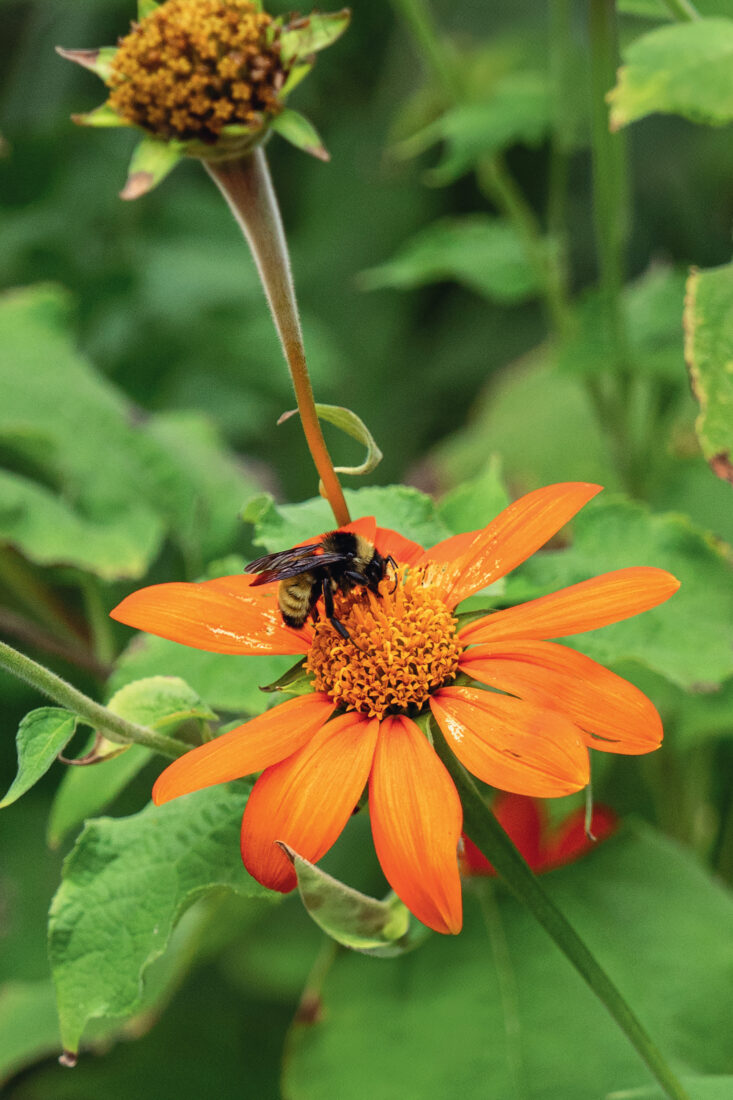
This is not the tamed style typical of Charleston’s many English-inspired retreats; this garden is all about shape and texture, and a sense of wildness that González lovingly calls “organized chaos.” The spiky hands of palms fan out against pink and green fountains of bromeliads; feathery foxtail ferns balance the sharpness of tall grasses; the curved edges of tractor seats float like lily pads beside leggy stems. One section of the land, the “spiky garden,” is devoted to pointy species, including yucca rostrata and agave. Foliage holds court above all else. “It’s still full and interesting,” González says. “That part of the garden has color, but we don’t rely on the flowers.”
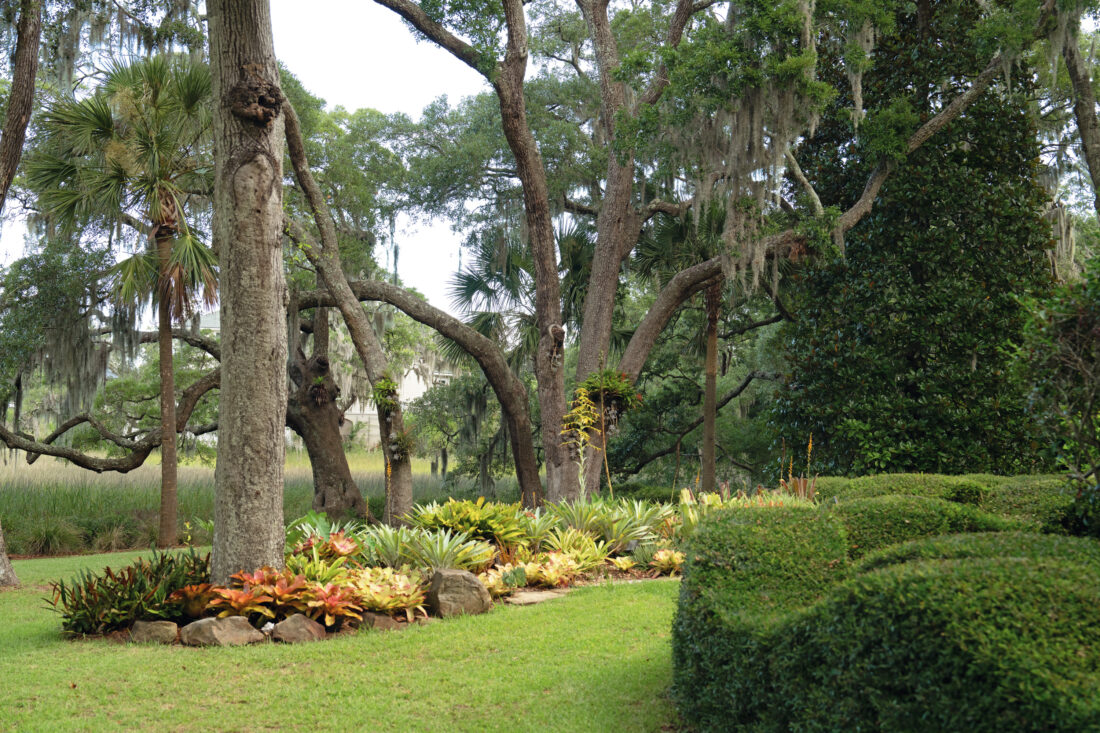
Benches scattered among the leaves provide shady seating, and a cozy patio offers a casual place for hosting friends. As guests arrive, González and Smeal might harvest citrus from the cluster of potted trees that sit near a fern-covered shed, plucking kumquats, Cara Cara oranges, grapefruits, and makrut limes. The green lime zest—a favorite of both gardeners—will then season bowls of coconut rice and toasted cashews, passed among hands during golden hour.
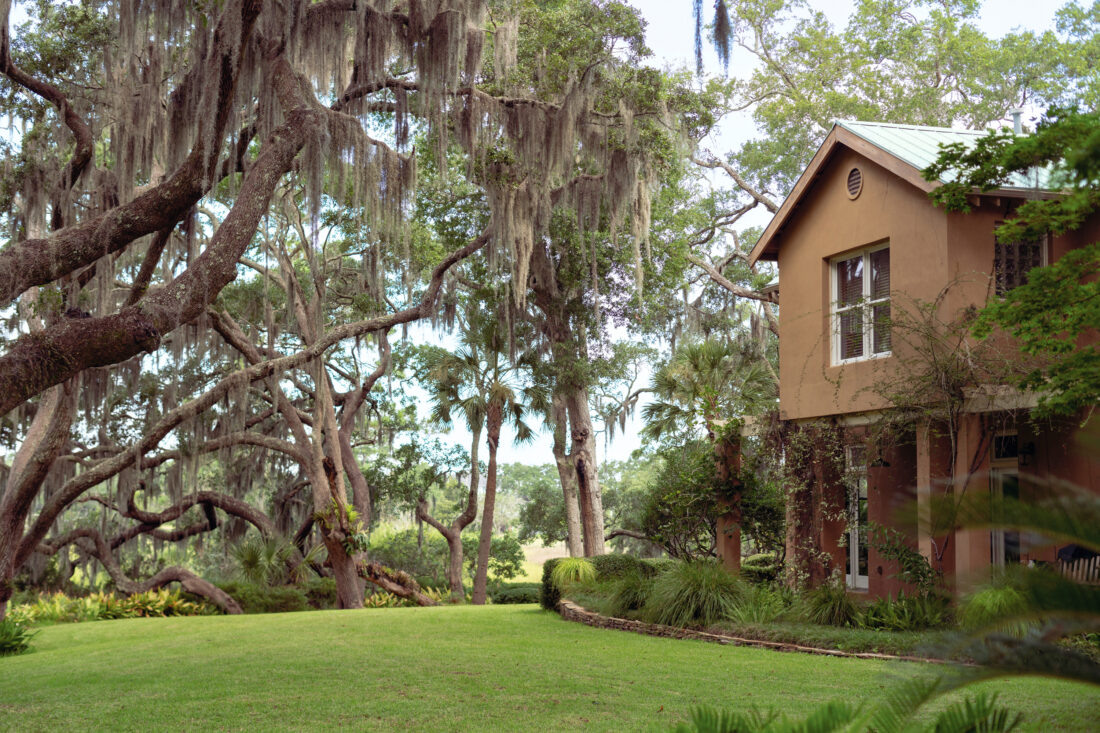
Just as the James Island cradle is a paradise for the homeowners, wildlife also finds refuge in every cranny. A fox (the couple call her Frida) and her pups sheltered in the hollow of a live oak steps from Smeal and González’s back patio; bromeliads hold pockets of water for little green tree frogs and spring peepers. Smeal delights in watching ruby-throated hummingbirds, Gulf fritillary butterflies, and bees fuel up on the colorful blooms of red-hot pokers. Binoculars sit within easy reach for watching ospreys, storks, and kingfishers flitting through the marsh. “We always say that this property was meant for us,” González says. Seems like the generations of frogs, birds, and foxes, which return year after year to build their lives here too, feel the same.


